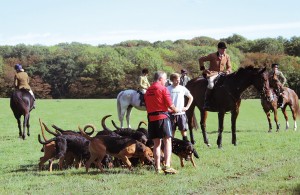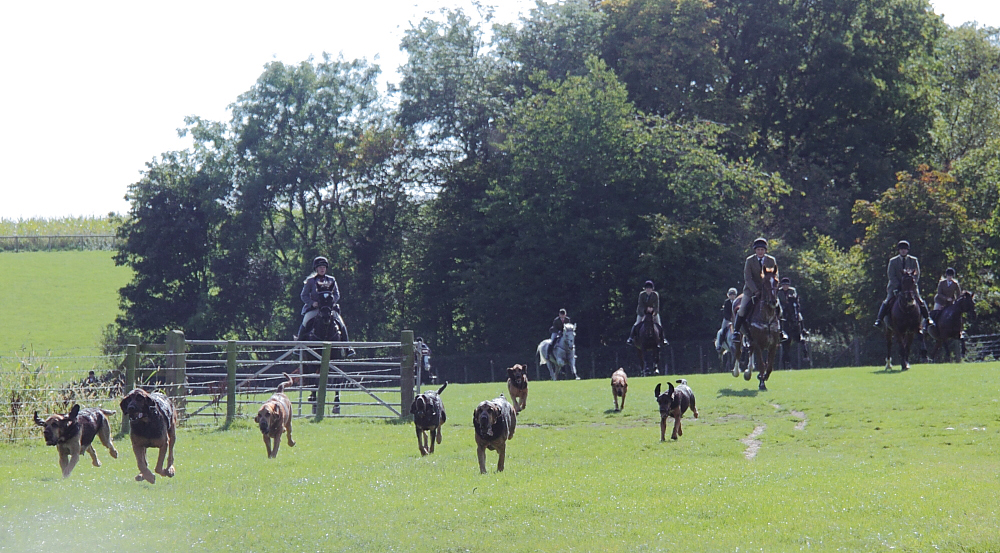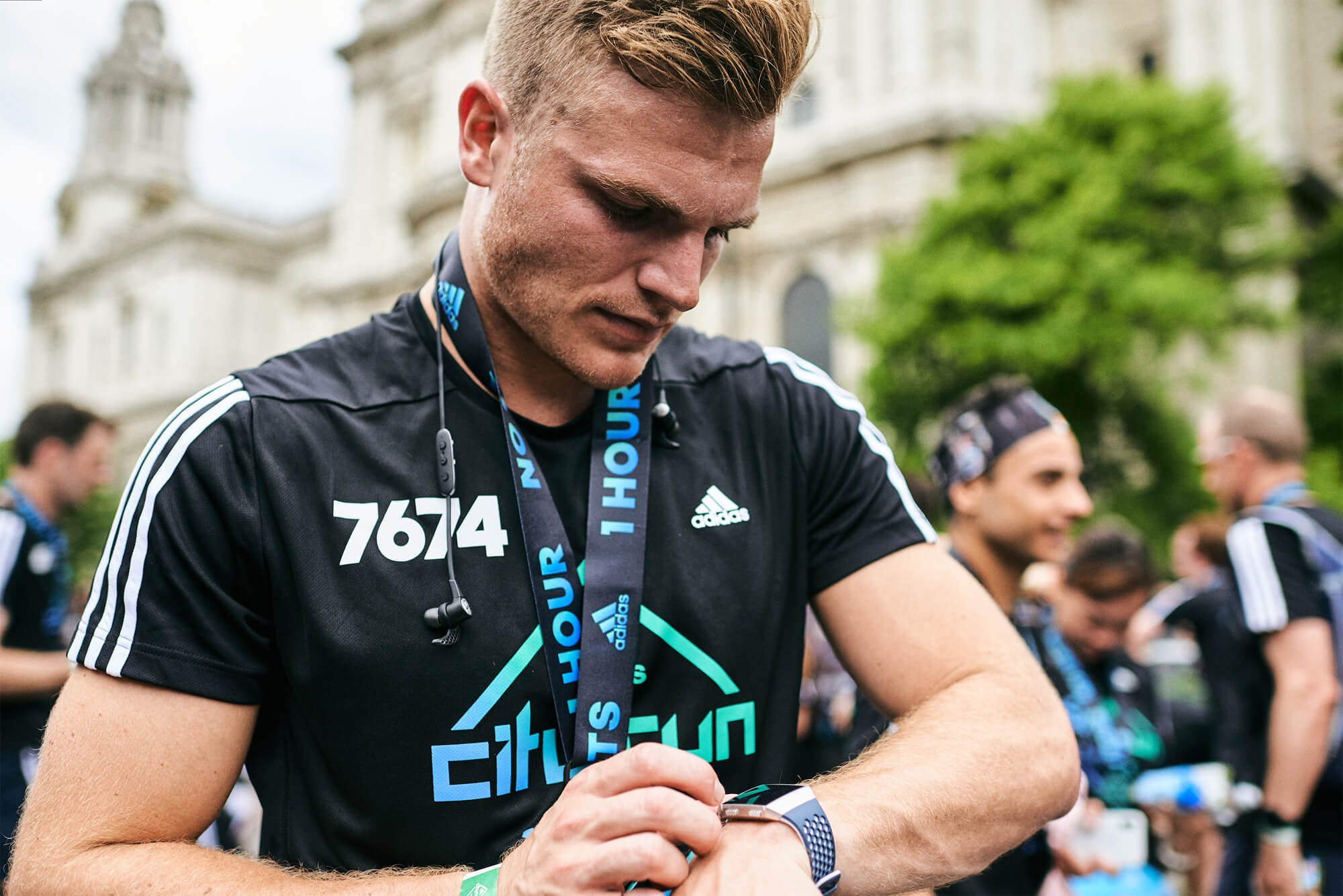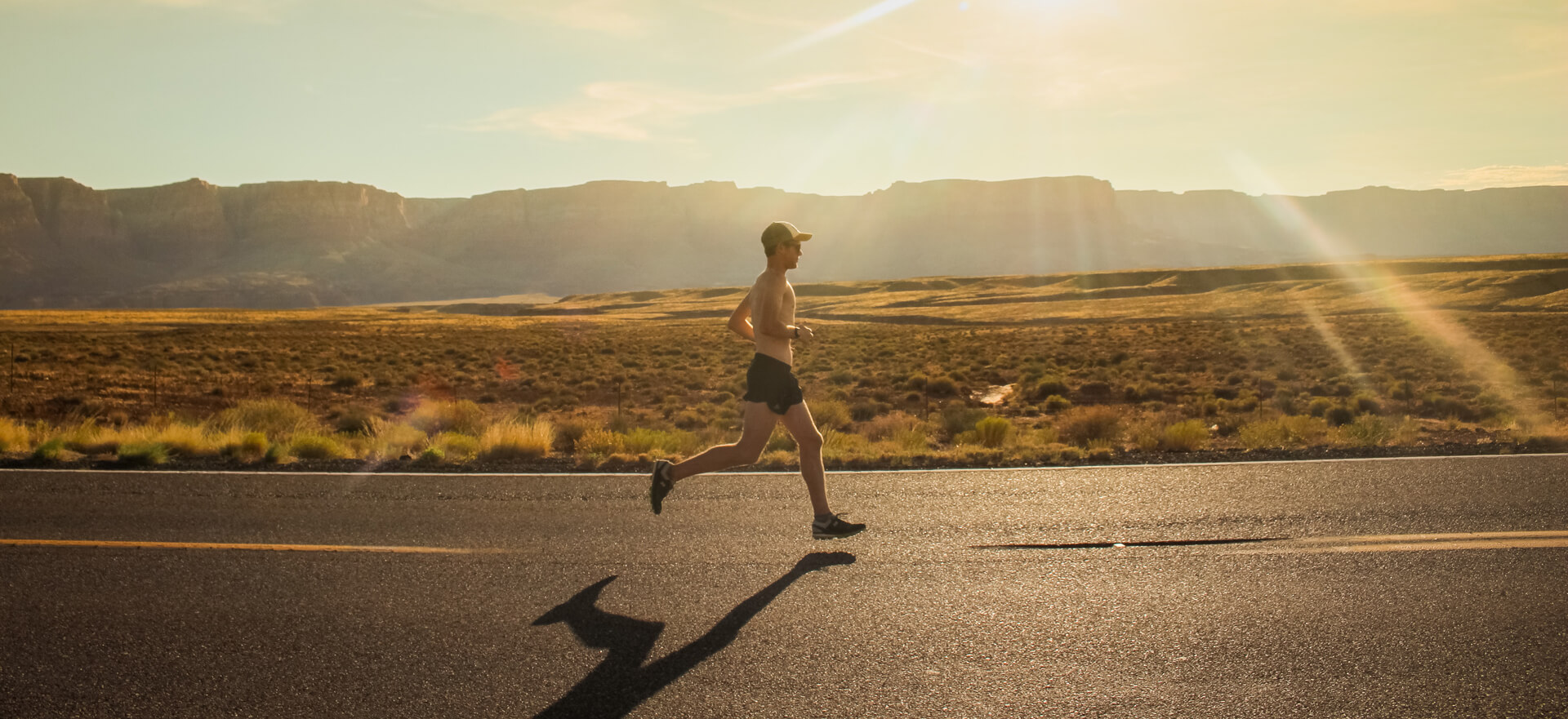Today I am a hunted man. Pursued by 20 bloodhounds and a dozen men and women on horseback, I’m playing the part of the fox in the Coakham Bloodhounds weekly meet.
Since the Hunting Act came into play in 2004, banning the hunting of foxes, country folk have had to find new ways to get their kicks on the weekend. One such way is to hunt humans instead.
As prey, Homo sapiens has several advantages over Vulpes vulpes, Britain’s common red fox. Whereas a fox will happily dash across an A-road, endangering itself and its pursuers, humans are somewhat more safety conscious. As Nic Wheeler, the master of the hunt, puts it: “Humans are a controllable quarry.”
The decision to use bloodhounds instead of foxhounds has two advantages. First, bloodhounds have an incredible sense of smell (useful as humans pong less than foxes). Second, when they finally catch up with you, they’ll cover you in slobber rather than rip you limb from limb.
Thankfully, I won’t be the only hunted man today. Andy Titmuss, a local runner and veteran of eight hunts, will be joining me. Before we head off, our four-legged pursuers are given a good whiff of Andy and I so they know which scents to track.
Today’s hunt is roughly five miles – I’m told some can range up to 20 – and we’re given a generous head start on the pack. It soon becomes clear that there’s a real art to playing the fox.
As Andy explains: “If we just run in a straight line, the dogs will get too far ahead of the horses.” So we snake across fields, through hedges and over jumps. It’s like an obstacle course race, only you don’t have to pay £80 for the privilege.
It’s with some irony that I learn hunting humans is called ‘Hunting the Clean Boot’. After 10 minutes, my shoes are covered in mud – and that’s in good weather. But no matter how circuitous our route, how many hurdles we jump, how many streams we cross, there’s nothing we can do to shake off the pack. “They use bloodhounds for real manhunts in the States,” says Andy. “If these things are chasing you, there’s not a lot you can do.”
Despite the inevitability of being caught – or perhaps because of it – there’s a real excitement to this kind of running. It taps into something primal. A reminder, perhaps, that man’s initial relationship with running was inextricably connected with hunting: you ran to eat and to avoid being eaten.
Thankfully, the stakes today aren’t quite so high. When the hounds finally catch us, they give us one look and then jump into the lake to cool down. Nic Wheeler congratulates the pack by tossing them some unspecified meat. “What’s that?” I enquire. “That was the last runner who didn’t quite make it,” he replies. He’s joking, I think.







